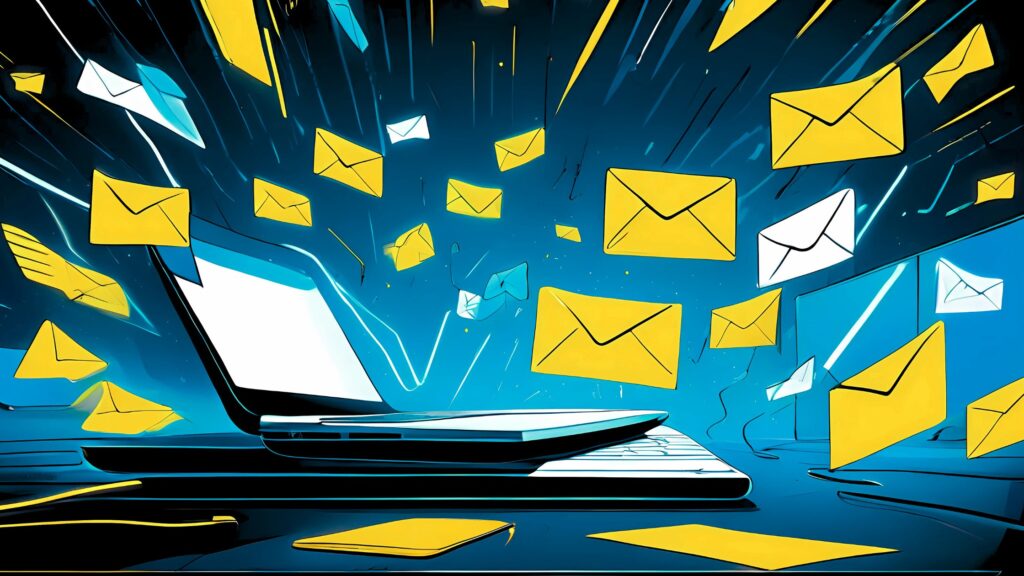Working Towards Loyalty

When you ask someone about ‘loyalty marketing’, oftentimes the response goes straight to loyalty programs. But loyalty programs should really be considered a tool to supplement loyalty marketing. Loyalty marketing is ultimately the upleveling of a solid customer experience. In order to really understand where you stand when it comes to loyalty, the first step is to truly acknowledge what the total customer experience looks like today.
The Customer Experience Crawl
To create an exceptional customer experience, we need to be proactive instead of reactive. That means anticipating the needs of our customers based on their behavior, and surprising and delighting them at every turn. This requires an omni-channel approach that empowers customers to act whenever and however they choose regardless of where they are in their journey and/or lifecycle.
The first step we recommend is to start with the basics and ask yourself what does your current customer experience actually look like? Not the ideal experience. Not the high-level journey plan that looks pretty on a slide. The ACTUAL customer experience. The good, bad and ugly of it all.
- What are the barriers and gaps?
- Where are there too many touchpoints?
- Where are there too few?
- What data is collected or learned at each touchpoint?
Auditing the current experience, documenting it all in one spot, and gathering feedback from all key stakeholders who manage this customer experience is critical to truly understand your starting point as well as your next steps.
The Data Walk
So you’ve spent a few weeks pulling together everything you can around the current customer experience. You’ve been able to identify quick wins, key areas of focus, and you’ve likely created some type of roadmap on the journey towards improvement. Now, what we need to look at is the data. It’s important to take a look at the state of your data and understand how much information you actually have access to for your customers. A good use case would be whether or not you are able to answer the question:
“Can I identify who an ideal loyal customer is?”
If you’re missing key pieces of data in order to answer this question, go back to the crawl phase and add in data and tech related barriers to your customer experience planning. If you can answer this question, you are likely in a better position to actually start implementing loyalty marketing practices across your customer experience.
The Loyalty Run
Now, and only now, should you be really reviewing what loyalty means for your business and how you can implement broader retention and engagement strategies to increase the lifetime value of your customers. But to really understand what loyalty is all about, let’s first really think about what the word ‘loyalty’ means in this context. There are two angles to consider:
-
What loyalty means to customers
From a rational perspective, loyalty is about repeatedly choosing to buy or engage with a brand or product over time. People often come back because they feel that price, quality, speed, convenience, and/or customer experience is superior to competing brands. If a brand can consistently deliver on these factors, customers are more likely to become, and stay, loyal.
From an emotional perspective, customers may feel a brand has become a representation of themselves and their self-identity. This is harder to achieve and difficult to measure.
-
What it should mean to marketers
Loyalty is value. And value can be defined as profitability and growth. It is a well known stat that loyal customers are 5-10x more profitable than regular customers. This is why retention strategies are so critical as they yield a greater return and cost significantly less than acquiring a new customer. That said, loyalty can also aid your acquisition efforts since studies have found that loyal customers are 3-10x more likely to refer a friend.
So now that you’ve assessed the current customer experience, established a strong data strategy related to measuring loyalty and defined your goals and objectives, you can begin to implement marketing programs and testing strategies to promote your desired customer behaviors. Translating this into loyalty marketing campaigns means:
- Personalization
- Exclusive offers & promotions
- Building an ongoing relationship with your customers
Where do loyalty programs fit in?
Once you have a solid loyalty marketing strategy in place, only then should you add in the layer and complexity of a formal loyalty program. While the greatest benefit to marketers is having access to even more zero-party and first-party customer data, the challenge remains to use that data mindfully to create value for customers in a way that benefits them and further deepens their connection with your value proposition.
Whatever form your loyalty program takes, it is critical to remember that loyalty programs alone don’t create loyalty. Loyalty programs are tools, not a strategy. Marketers need to make sure they’re addressing key customer needs and building loyalty behaviors using the factors we’ve mentioned above (i.e. customer experience journeys) before considering a formal loyalty program.
Consistency builds bonds
Customer loyalty and trust are not mere one-off marketing campaigns; they are the bedrock of enduring customer relationships. Even a negative customer customer experience becomes a chance to strengthen connections, demonstrating commitment and empathy. When organizations consistently prioritize these marketing strategies throughout the customer experience, they can transform adversity into opportunity and ultimately cultivate lasting loyalty.
If you need support with cultivating loyalty for your organization, SH/FT would be happy to work with you to strategize the most impactful ways of strengthening your customer relationships. Talk to SH/FT today!
This article was a collaboration between Cathy and Jonathan Foley, Sr.Strategist, Marketing Strategy & Planning.





